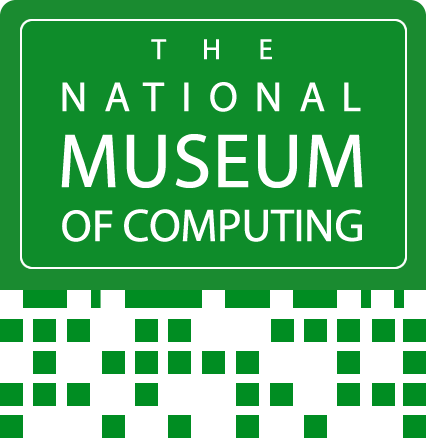Fifty Years Ago .... from the pages of Computer Weekly
/9th January 1975 computing, compiled by TNMOC volunteer archivist, Brian Aldous.
A selection of stories from Computer Weekly from 9th January 1975. The full archive of Computer Weekly can be seen at TNMOC, where there are special rolling displays of front pages from 25 and 40 years ago.
Progress towards a PoS code system: The development of a Standard Product Numbering System, SPNS, by the UK grocery trade has taken another step forward with the decision by the SPNS steering group, set up by the Institute of Grocery Distribution, to follow the recommendations of the report into the feasibility of SPNS published last October. The report, produced by consultants McKinsey and Co, concluded that a numbering system could save the UK grocery trade about £12 million a year by 1981 if the product code adopted were used in conjunction with electronic scanners at the checkout. In addition to the steering group to formulate long term SPNS policy, the IGD has also set up a working party to supervise technical developments, and this will now take on new members to look into the problems involved with aspects such as printing codes on goods and changes required in packaging. (CW 427 9/1/1975 p1)
Glasgow police car system nearly ready: The computer controlled command system for police cars in Glasgow is due to go live in April, and training has now begun for 3,000 police officers and civilian aides. The system is based on two Argus 500 computers by Ferranti, and cost £500,000 to install. Terminals in police vehicles will communicate details about the location and current work of each vehicle to the headquarters, so that the controller, equipped with a VDU, can see their position and availability. When an incident occurs, a street map of the area can be displayed on the screen, together with information about the nearest police car. The system will also handle message switching between officers. Initially, information about constables on the beat will be added manually as they report in on pocket radios, but it is hoped that the next generation of radios, due in a couple of years, will have keying facilities for direct communication with the system. (CW 427 9/1/1975 p18)
Device to aid go/no-go monitoring: A device which has applications in large system environments where go/no-go monitoring is required has been developed by the special components department of Ferranti, at Oldham, Lancs. Known as the System Monitor Display Unit, the device was originally developed following an initial ICL requirement for serial monitoring equipment for its 2900 series. It is understood that ICL took about 10 development models of the new unit and will be ordering production models in the very near future. Valued at under £3,000, a unit can be provided with any type of connection to suit interface and drive circuitry. In ICL’s application, the monitor unit replaces up to 10,000 incandescent lamps used during the investigation and diagnosis of computer faults. Each unit contains a matrix of Light Emitting Diodes mounted on an X -Y addressed printed circuit board behind a polarised plastic screen. A 35mm film, back-projected onto the screen, can have a maximum of 64 frames giving a monitoring capacity of up to 37,000 checks. The LEDs give go/no-go indication of system components and sections. (CW 427 9/1/1975 p48)



